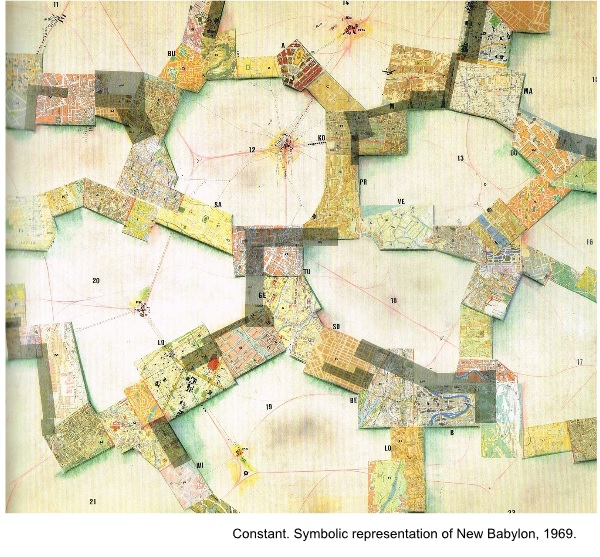Confinement as a Measure of Freedom in the ‘New Normal’
DOI:
https://doi.org/10.1344/regac2023.9.42670Palabras clave:
pandemic, confinement, freedom, , new normal, ineffable, other, Post-AnthropoceneResumen
The 2020 pandemic lockdown was heralded with terms of ‘confinement’ and the promise of a ‘new normal’. States of confinement inevitably raise questions about what ‘freedoms’ have been lost and what remain. Freedom may be entirely existential and based on how we relate to ourselves. This relationship may be empowering as a form of resistance to external controlling forces or distractions. I evidence that the purest form of this resistance is to be entirely cut off from distraction in an incarcerated state. However, existential freedom is largely impractical as most of us wouldn’t choose to go to prison.
In wealthy democracies, we experienced an intensifying of social distancing while being ‘connected’ via technology and a multitude of distractions. This ‘new normal’ was essentially little different to what came before it. Analysis of the terms ‘freedom’ during pandemic ‘confinement’ and the ‘new’ and ‘old normal’ suggests much ambiguity. Local and global diversity is excluded. Despite propagation of ‘new progressive paradigms’, the emptiness of ‘normality’ hinders our understanding of the status quo and obfuscates possibility of radical change.
I posit a new awareness of being that refers to our ancestors and their relationships to wild animals. The film I made that instigated this research evidences wild birds displaying emotion and interacting with myself. Being open to the vitality and mystery of their lives offers certain freedoms from our isolating distractions. Recognising and developing relationships with animals also enriches our identity just as it affirms differences with an ‘other’.
This article references the previously published documentary film, Neighbourhood of Infinity, Mark Aitken, 2021.

Descargas
Publicado
Número
Sección
Licencia
Los/las autores/as que publican en esta revista están de acuerdo con los términos siguientes:
- Los/las autores/as conservan los derechos de autoría y otorgan a la revista el derecho de primera publicación de la obra, que se difundirá con la licencia de reconocimiento de Creative Commons que permite compartir la obra con terceros/as, siempre que estos/as reconozcan su autoría, su publicación inicial en esta revista y las condiciones de la licencia.
- Los/las autores/as son libres de establecer acuerdos contractuales adicionales independientes para la distribución no exclusiva de la versión de la obra publicada en la revista (como por ejemplo su publicación en un repositorio institucional o en un libro), siempre que se reconozca su publicación inicial en esta revista.
- Se anima a los/las autores/as a publicar su obra en línea (en repositorios institucionales o en su página web, por ejemplo) antes y durante el proceso de remisión, con el objetivo de conseguir intercambios productivos y hacer que la obra obtenga más citas (véase The Effect of Open Access, en inglés).


